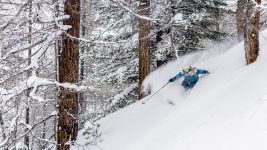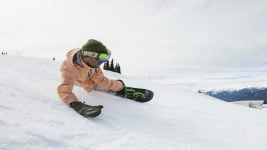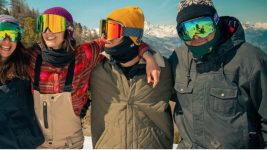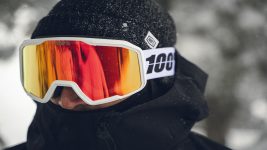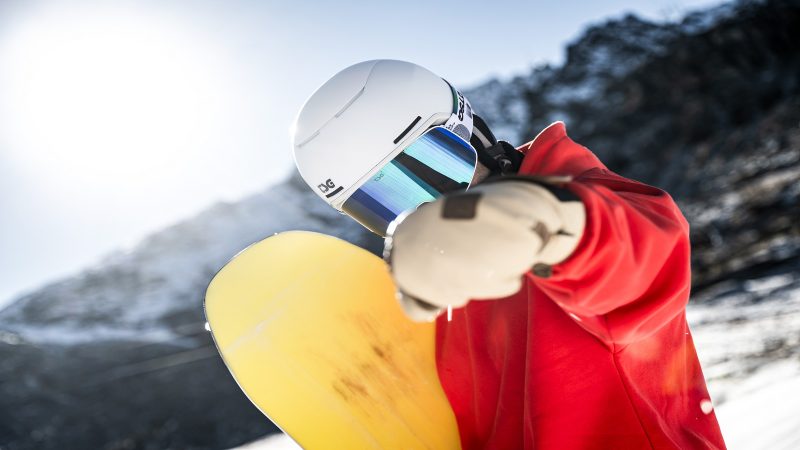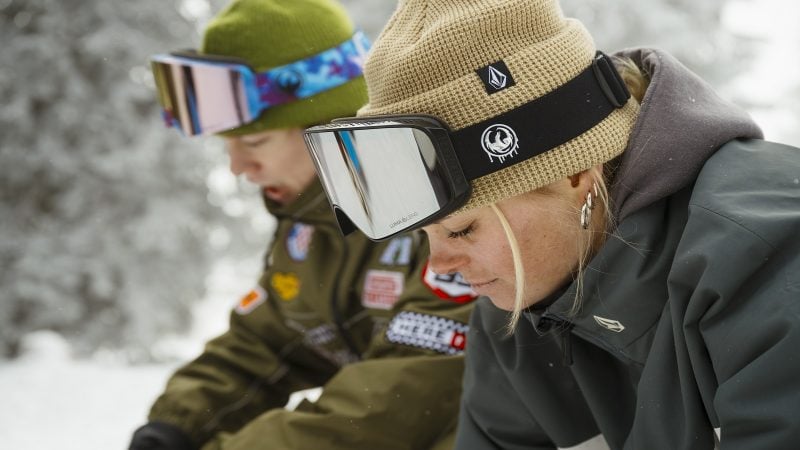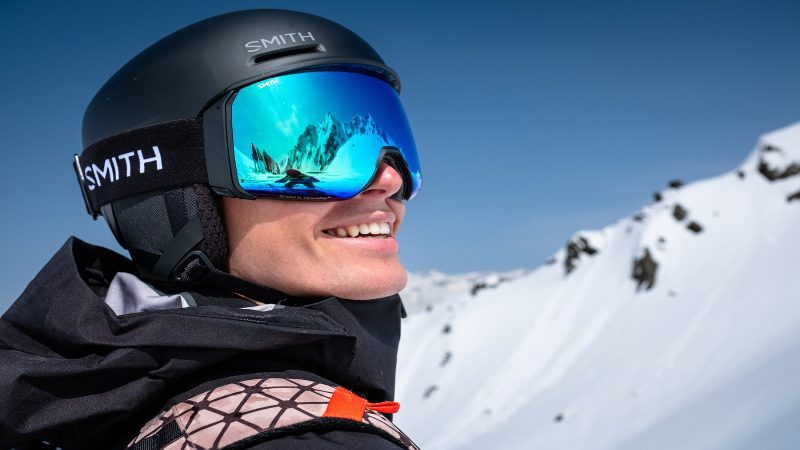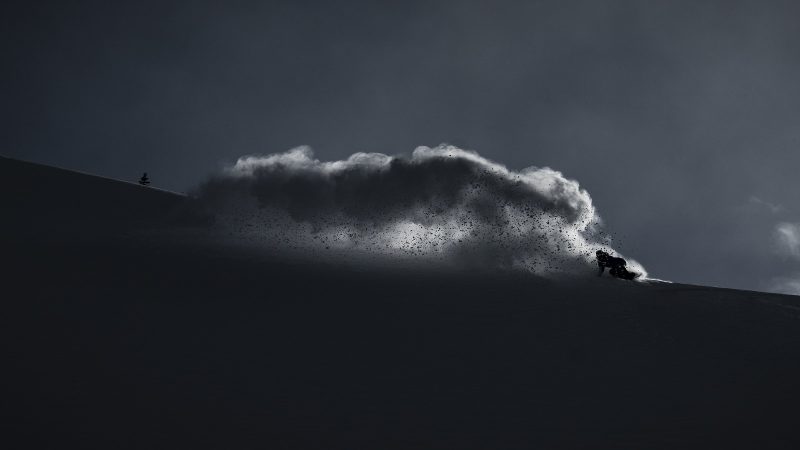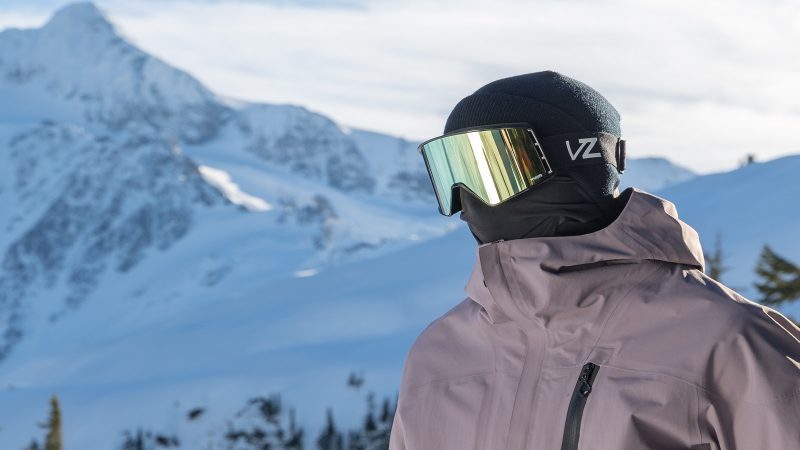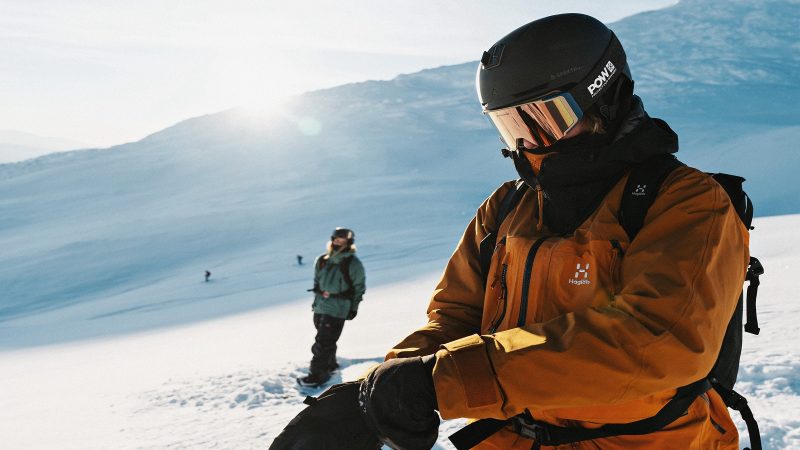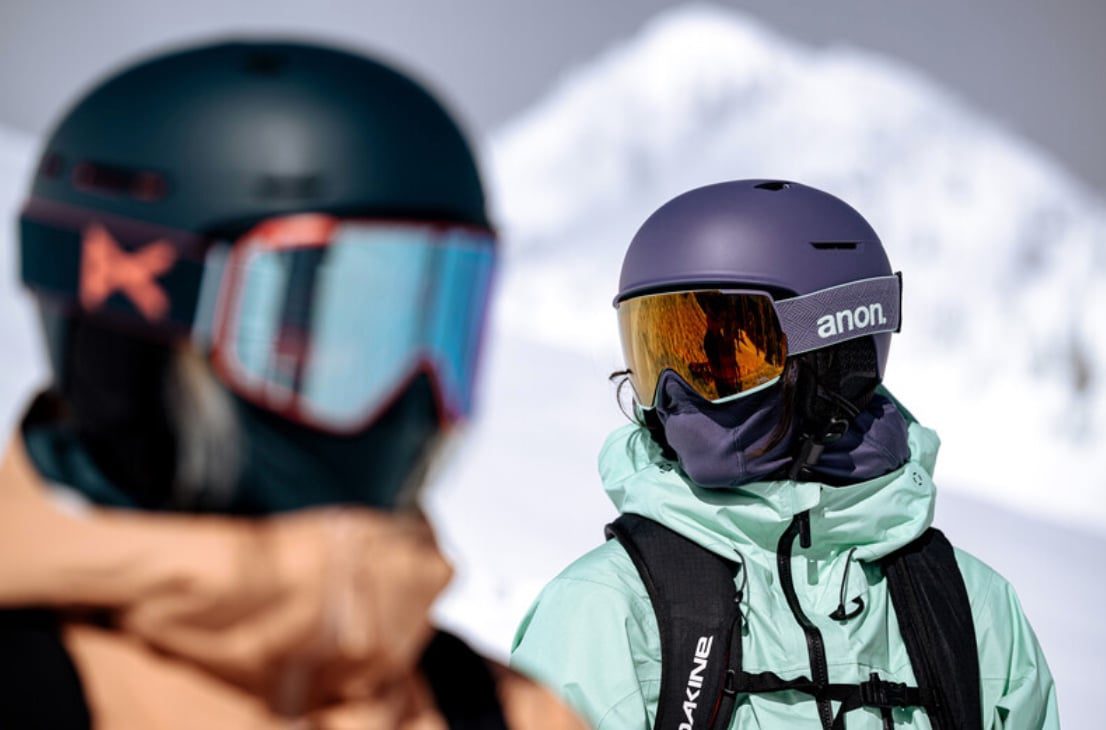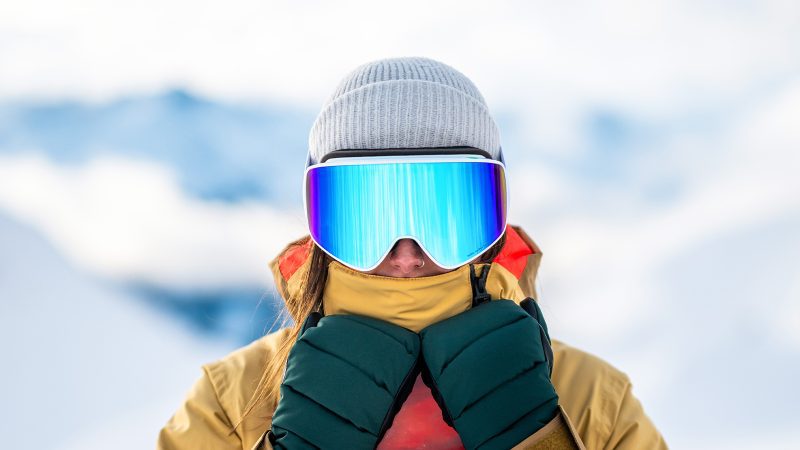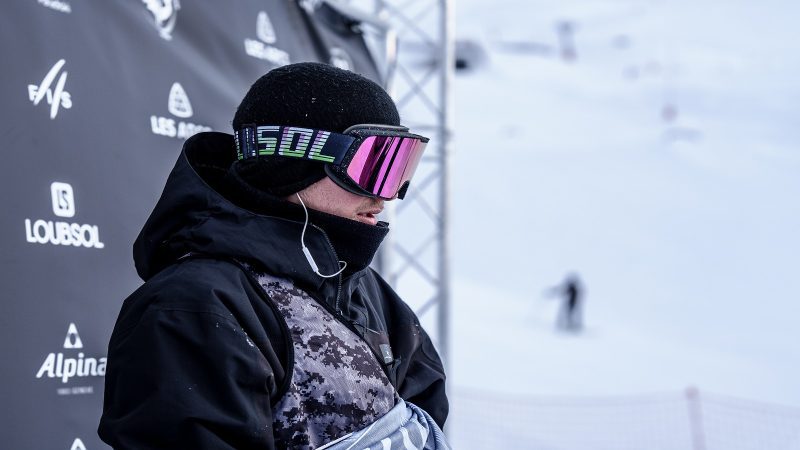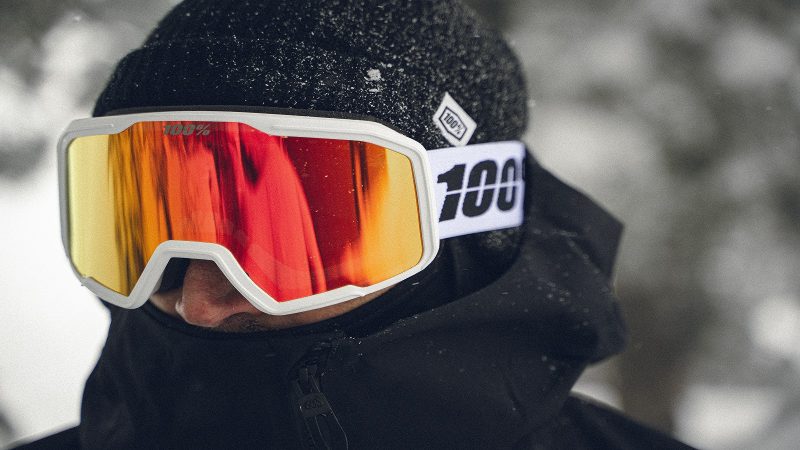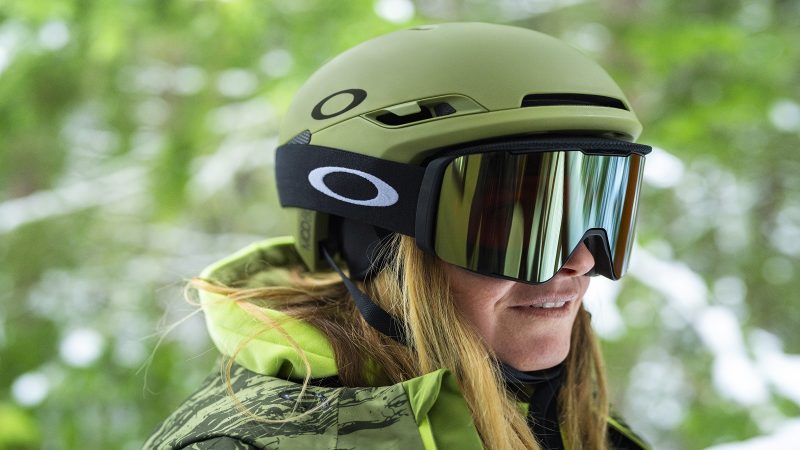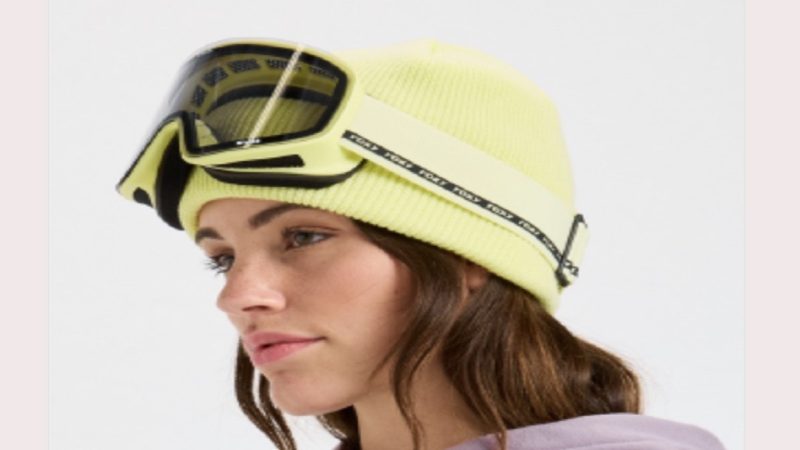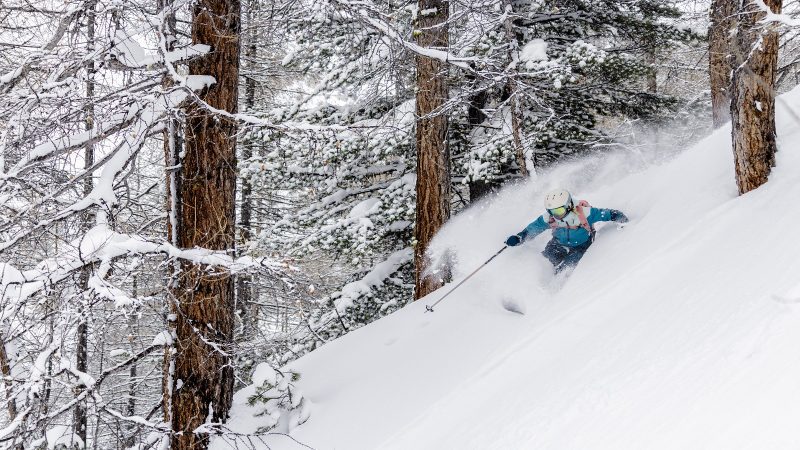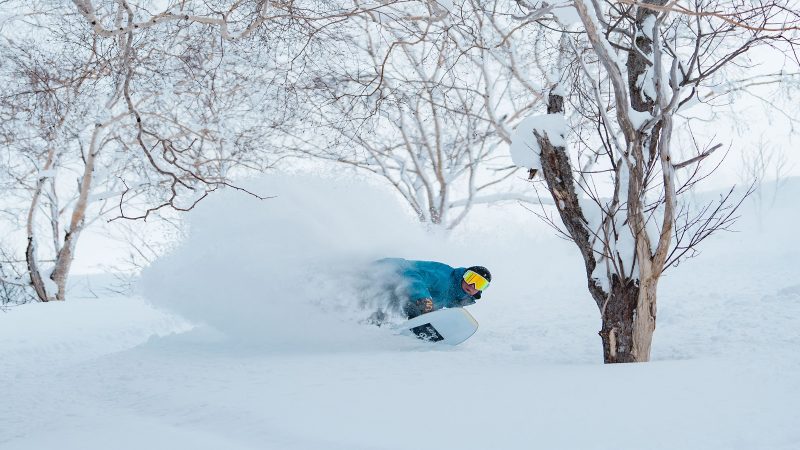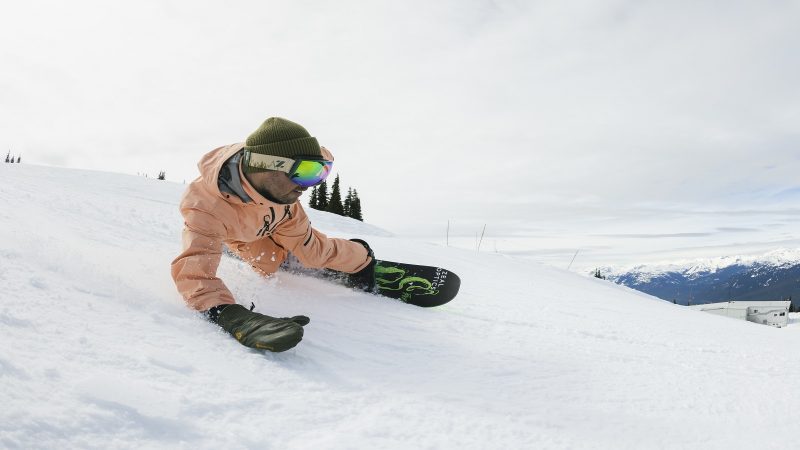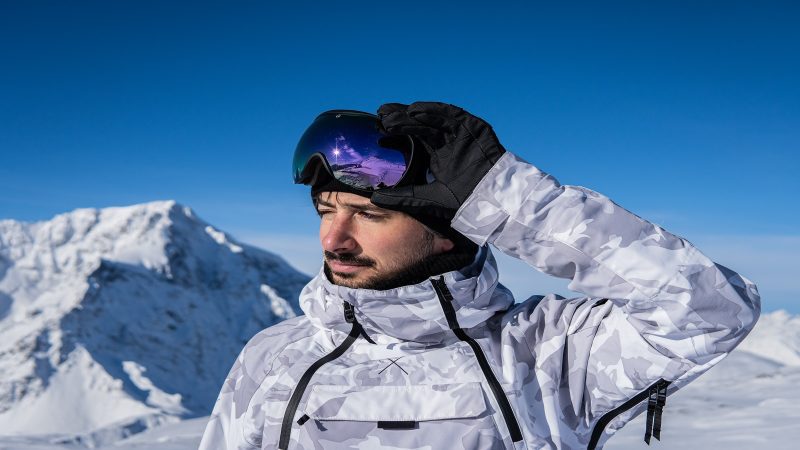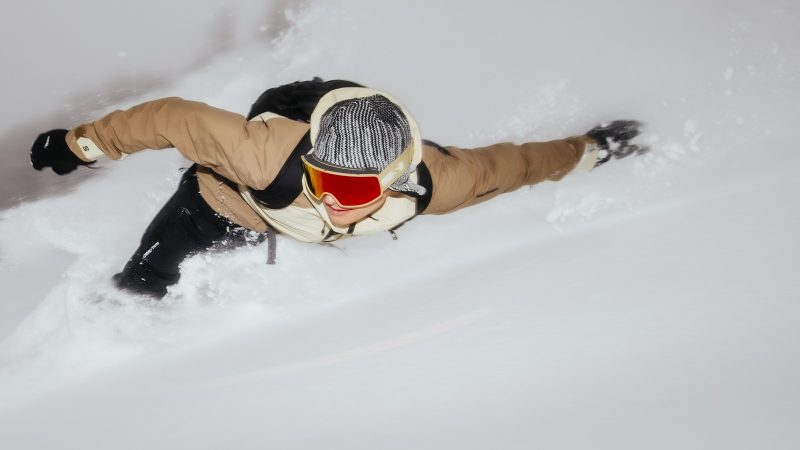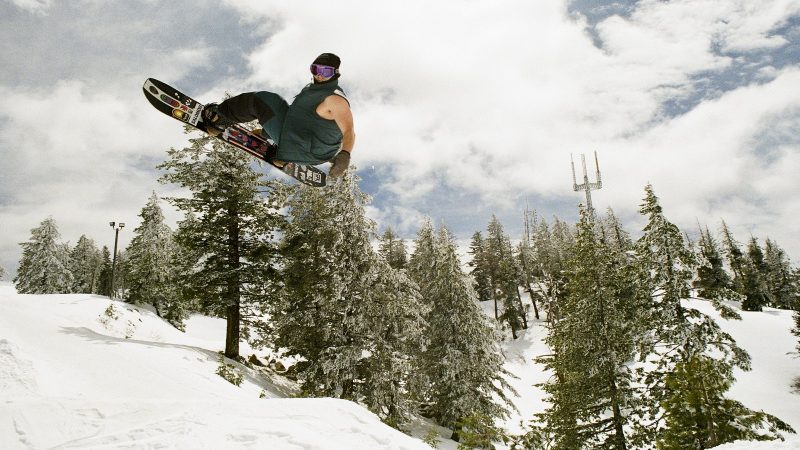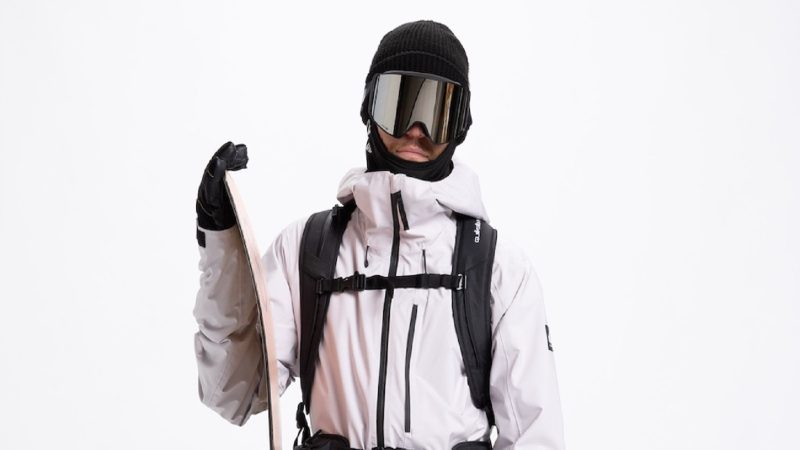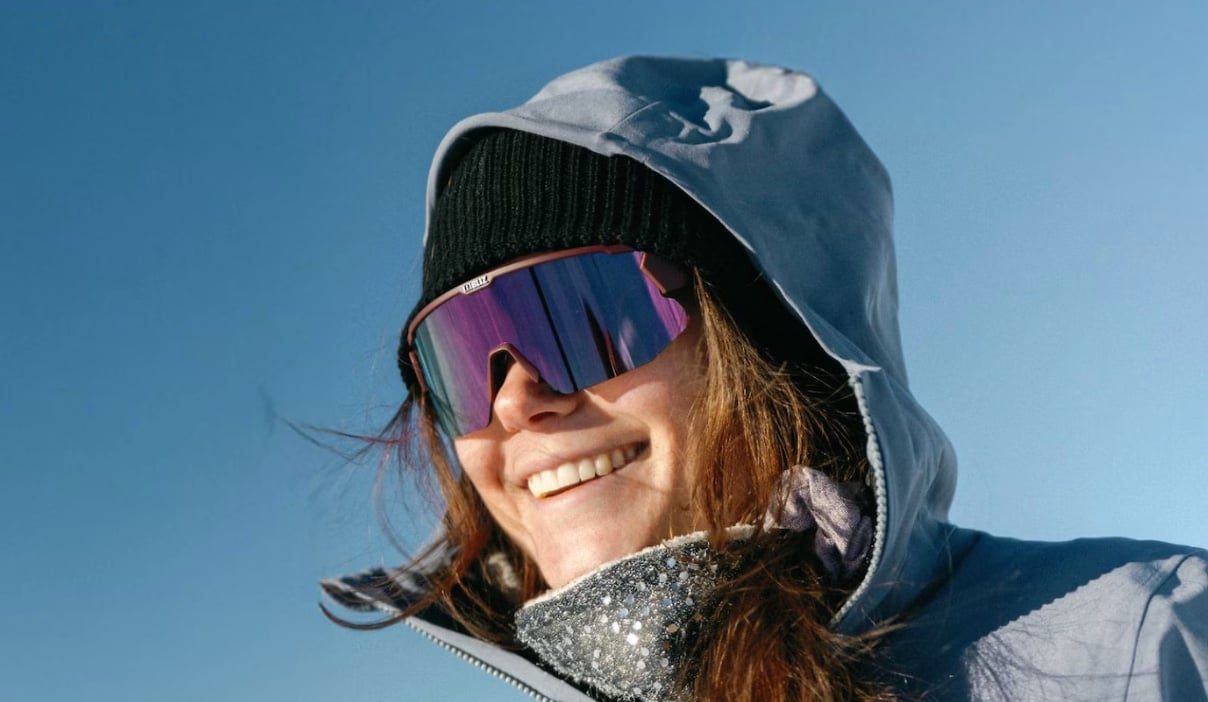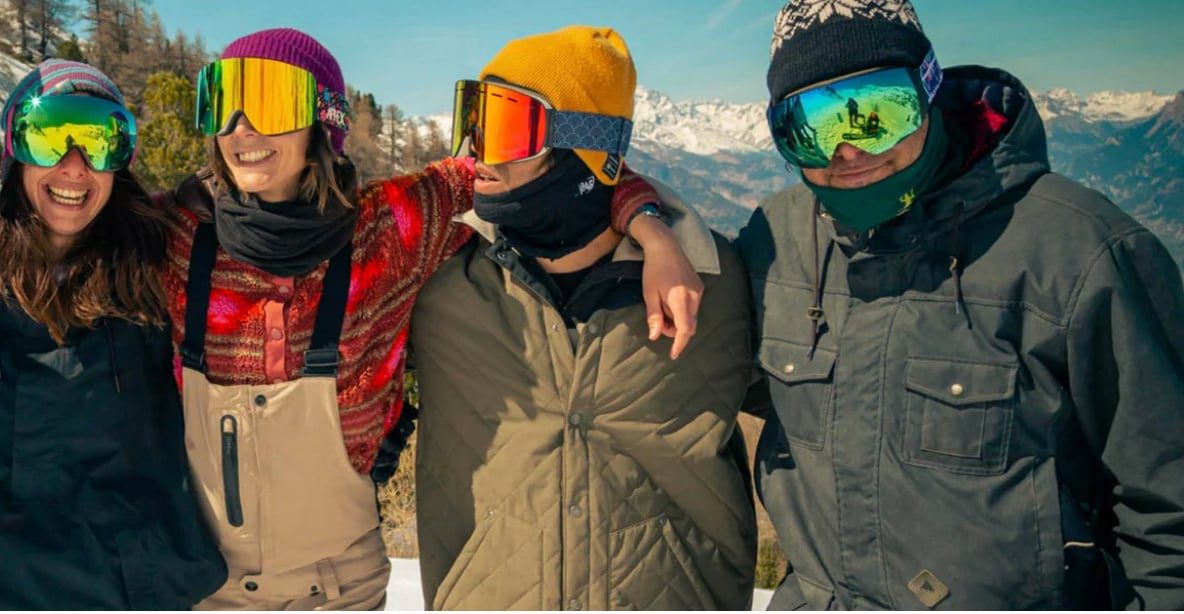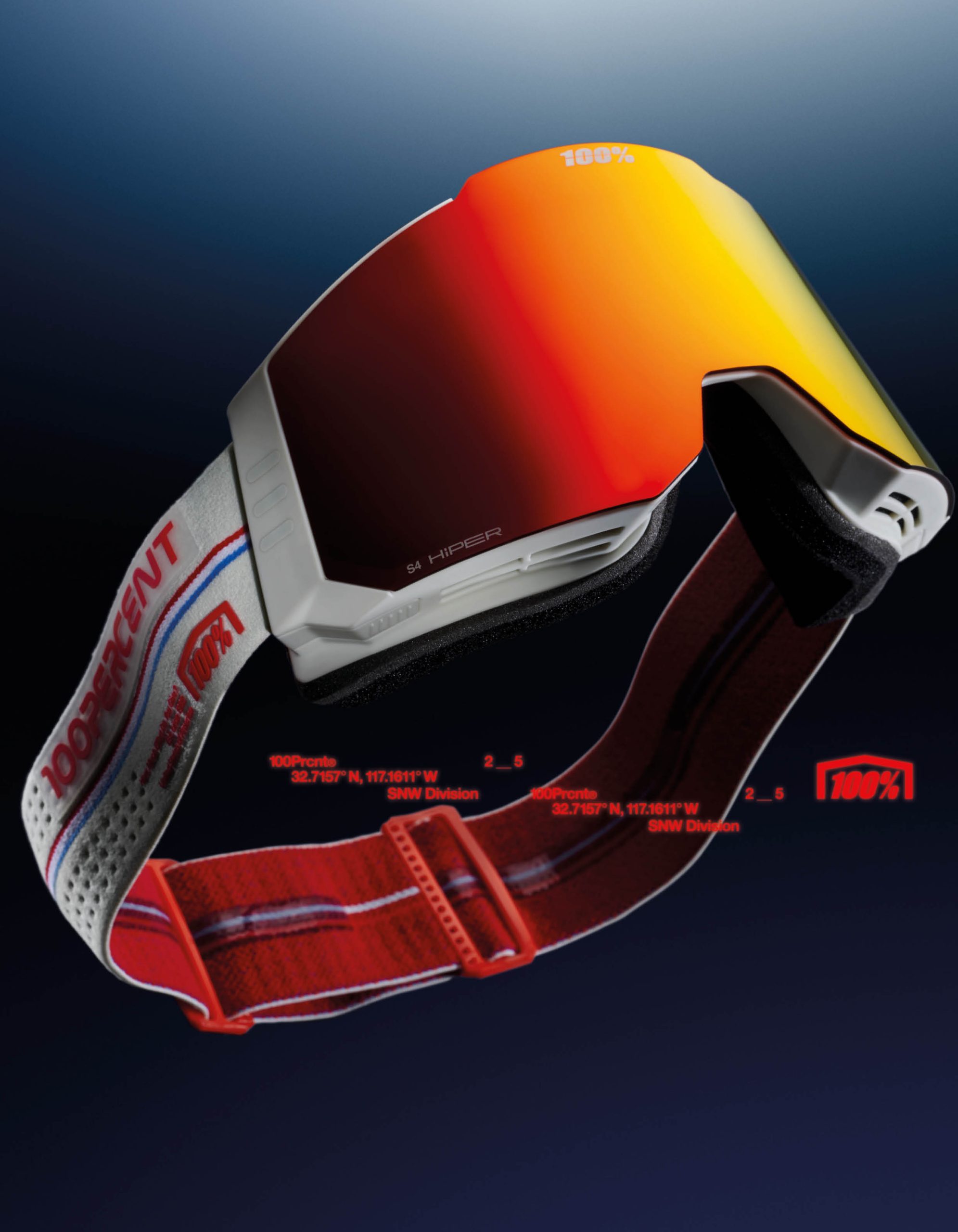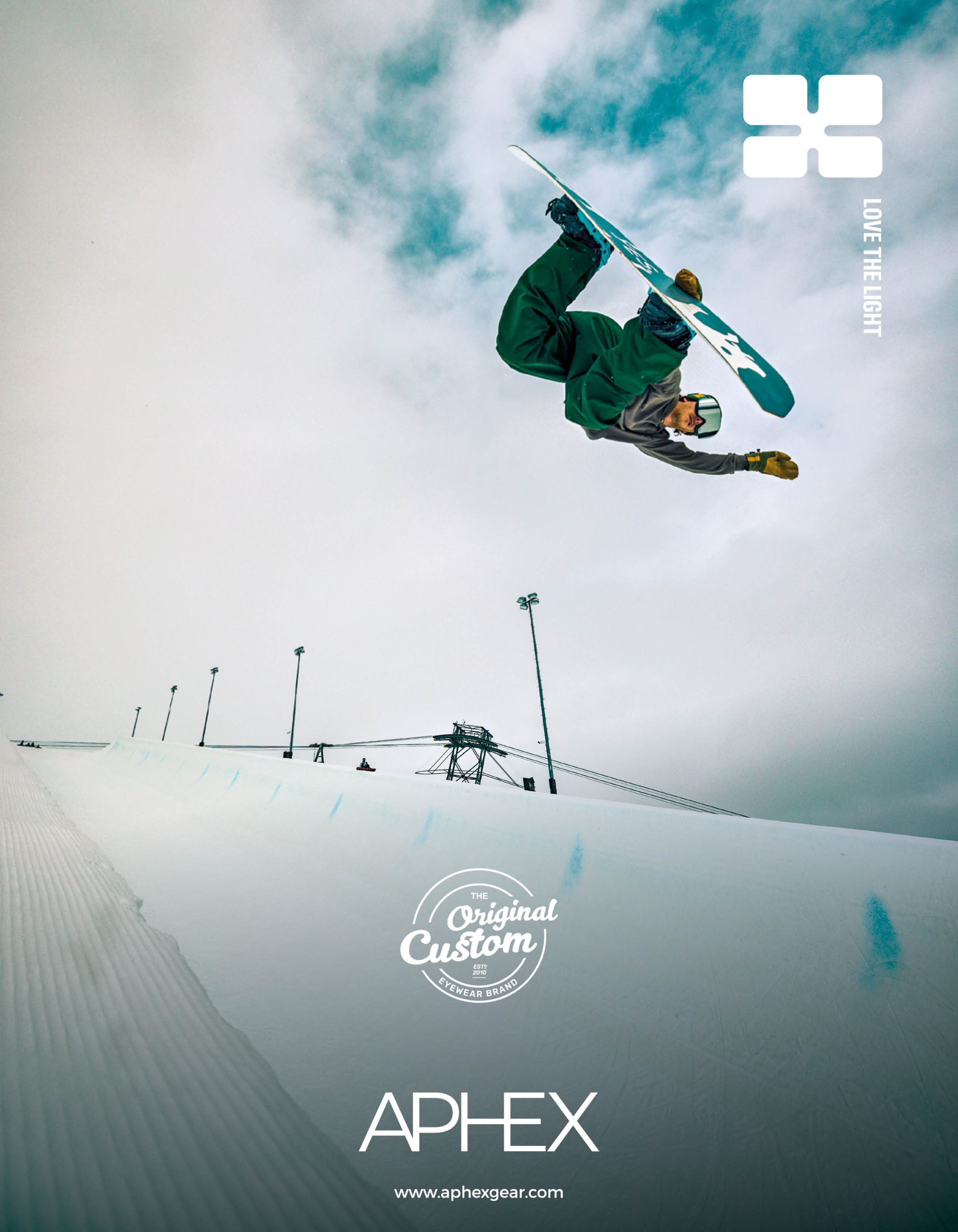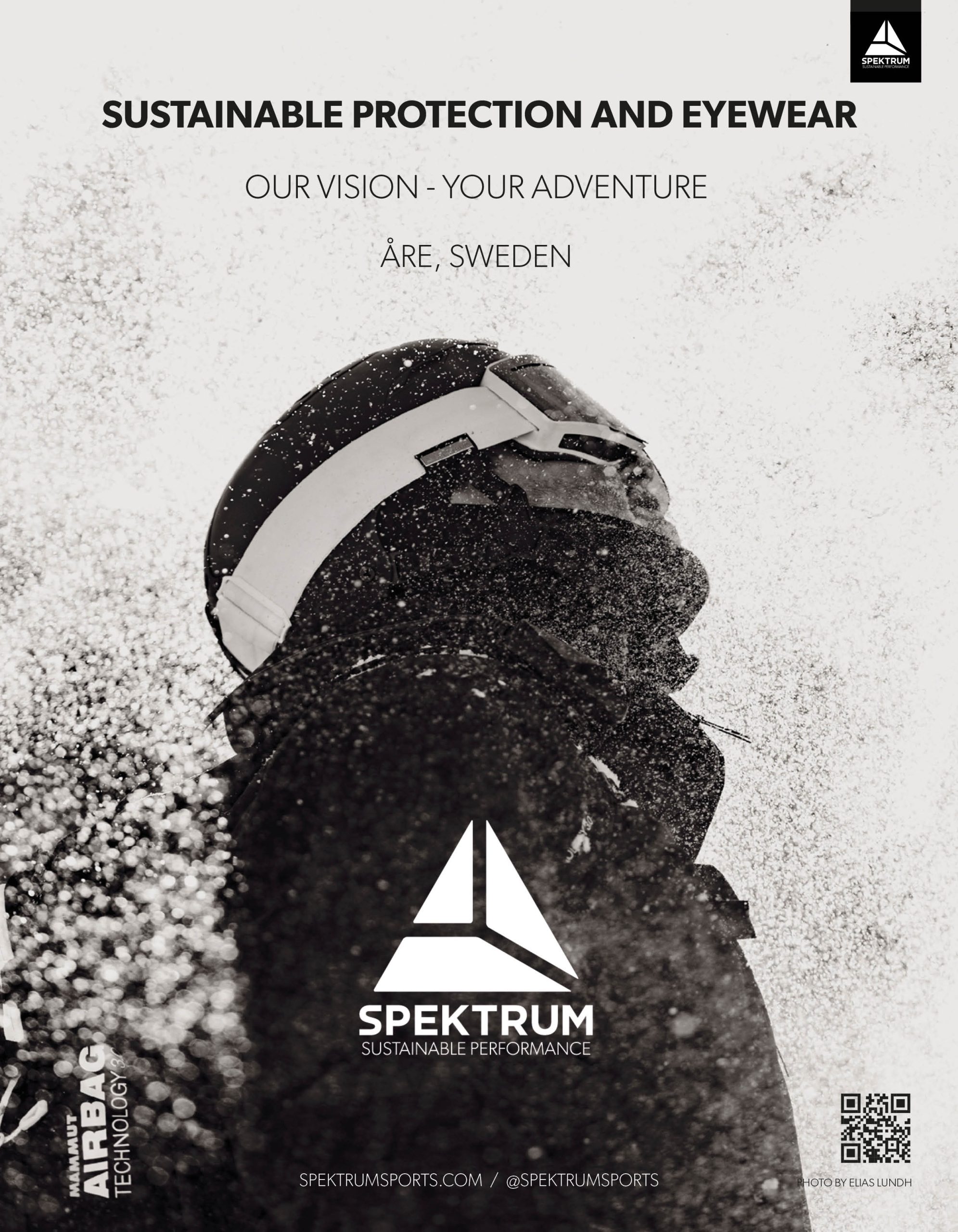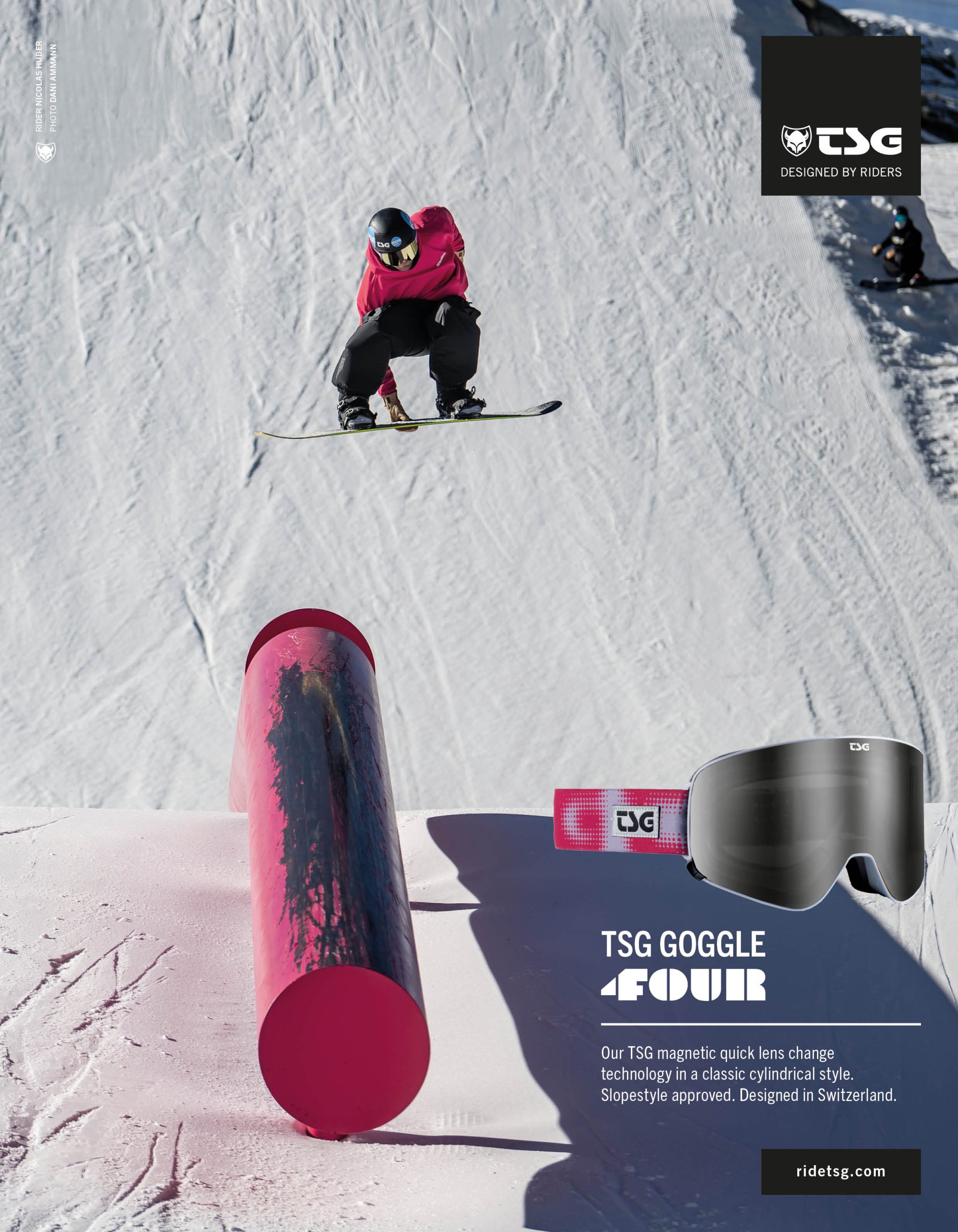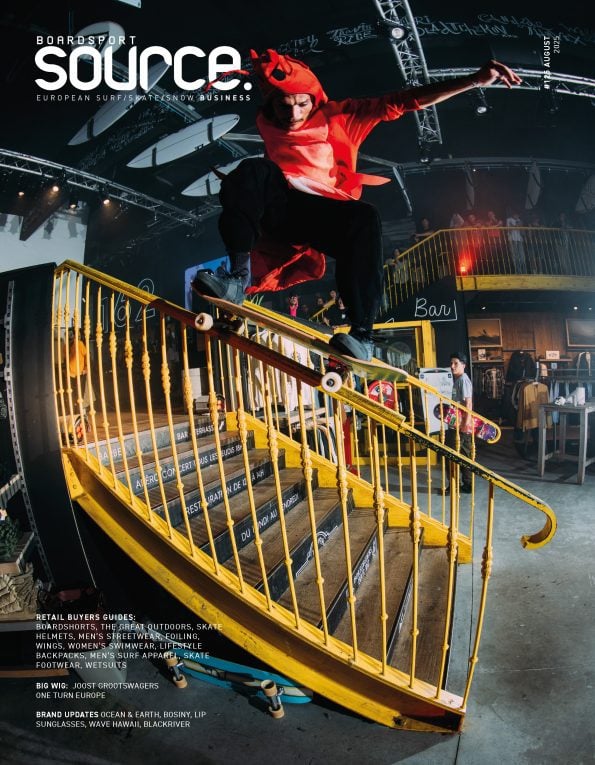Snow Goggles F/W 2025/26 Retail Buyer’s Guide
FW2025/2026 will deliver goggles that combine sustainability, cutting-edge technology, and high demand features, backed by strong B2B support. Snowfall is the only wildcard. By Rocio Enriquez.
The unpredictability of snowfall is changing the landscape in European resorts. This influences customers’ purchasing behaviour. Overall, there is an increased focus on sustainability, and the use of ‘Earth-friendly’ materials is rewarded. Poor snow in low altitude resorts results in fluctuation of sales from retailers in these locations. Die-hard snowboarders have to hike to higher altitudes to get their riding fix. Retailers in these locations are seeing more business, but the product on demand tends to be much more technical. Harsher conditions call for higher performance equipment, so many clients look for premium products. Unpredictable conditions also create a demand for versatile solutions that can handle changes in weather and light. Easy lens swapping and photochromic lenses are very popular. Goggles that offer an easy lens change system, a frame design that increases the field of vision and avoids fogging, and lenses that provide quality photochromic and contrast enhancing capabilities have topped the bestselling charts. They are also the models that promise the biggest growth.
Frames
Materials are in the spotlight. Customers want to know that their goggles are not contributing to the climate crisis, but need them to be long-lasting too. Zeal, Dragon and Rossignol have opted for recycled materials. Spektrum, Aphex, Quiksilver, Roxy, and MowMow have shifted to bio-based materials that offer proven durability results. Dragon’s Raw colour story has seashell and coconut fibre frame additives. The demand for sustainability extends to frame accessories. “We have focused on the sustainable aspect of our goggle straps”, says Delphine Polycarpe from Salomon. Their straps are made of 60% recycled yarns. Zeal’s straps are made of 70% recycled PET. Rossignol elevates the percentage to 100%. MowMow also uses recycled materials for their straps. Dragon’s Raw special edition incorporates bamboo straps. Both Dragon and Rossignol make their strap adjusters with recycled nylon. “The Sorona Face Fleece is made using sustainably sourced plant-based materials” says Sam Nelson from Dragon.
A lot of R&D attention has gone into the development of easy lens swapping systems. 100Percent incorporates the Gravit8TM system in their Norg goggle. It features eight magnetic touch points that secure the fit and a quick lens change. Quiksilver and Roxy focus on their Speed Connect construction offered with and without magnets. Von Zipper’s patented 4PLAY lens system enables a spontaneous lens change that can be performed on the go. Zeal RLS collection has a dual sliding rail system that guides, slides, and locks the lens securely in place. Smith works with their MAG Tech strong and weatherproof magnetic contact points and dual locking mechanisms.
Salomon offer magnetic lenses in their premium Radium Prime and Sentry Prime, throwing in a foldable and magnetic lens protector. TSG keeps a mix. “Half of our goggles feature magnetic lenses for quick and easy lens swapping, while the other half come with a classic lens-changing system” explains Nadja Herger. Red Bull Spect also has a magnetic range with interchangeable lenses. Giro has updated the lens change system of their Method goggle to a quicker one.
Performance is paramount, and in frames this means increased field of vision and reliable anti-fogging. Oakley presents a big innovation with their new conical lens geometry. It is housed in a co-moulded frame that delivers the most expansive field of view while preventing distortion. Zeal RLS collection sports a rimless frame design for unsurpassed peripheral vision. Their Observation Deck Technology removes most of the frame material at the bottom, to let the lens sit closer to the face and tilt out as it rises, giving a 20% increase in vision of the line below you. Von Zipper’s MachVFS has a 170-degree field of vision. They complement this with their Ventilation Flow System that eliminates fogging. Sweet aims for the best field of vision while keeping construction lightweight and low-profile.
Head focuses on wider frames to achieve maximum visibility. Ingenious performance-oriented designs must be carried by comfort. “Both the Norg and Snowcraft come with flexible frames and multi-layer face foam lined with moisture wicking micro fleece”, says Ellie Bellot from 100Percent. Oakley introduces a new face foam that improves comfort and fit. Rossignol’s new frameless style OTAVA is offered in two sizes to better fit the user’s face. For spectacle users, 100Percent and Loubsol have OTG compatibility. Helmet compatibility makes a difference. Sweet’s ‘Adapted Fit’ strategy ensures seamless fit between goggles and helmets. So do Head’s wide frames.
Lenses
Vision clarity, adjustment to varying conditions, and high-definition colour contrast drive lens technology. Lenses that eliminate distortion and avoid fogging offer the best clarity. Bliz focuses on these two aspects for their lens production. 100Percent uses Ultra HD lenses. MowMow offer two variations of their XcelLens lenses, a mirrored one for bright conditions, and a bad weather one for fog. Aphex reintroduces their IMDTM technology in selected models. “Instead of a traditional two-layer glass, this uses a lighter single layer with a special treatment that ensures it will never fog up”, says Timothy Zanting. Most of Sweet’s lenses are equipped with advanced clear A-F inner lens tech with triple anti-fog effectiveness.
TSG and Spektrum offer a variety of spherical and cylindrical lenses to achieve a clean vision. Higher colour contrast definition means more safety, especially in varying conditions. Sweet offers their proprietary RIG contrast enhancing technology in four categories, from S1 to S4. They also present their RIG Quartz lens for snowy, low-light and overcast conditions. Anon’s Perceive lenses enable sharper visibility and improved depth perception. Giro offers two Vivid lenses by Zeiss with their Method goggle, an S2 or S3 for sunny conditions, and an S1 Vivid Infrared lens for cloudy days. Melon uses Zeiss’ Sonar line. Some proprietary contrast enhancing technologies are Aphex’s QViewTM, Von Zipper’s Wildlife lens, Smith’s ChromaPopTM, Salomon’s SigmaTM, Red Bull Spect’s IºBoost, Dragon’s LumaLens, and 100Percent’s HiPER lenses.
Photochromy is a coveted feature. Head presents Sunscreen, a solar-powered technology with an integrated LCD that automatically adjusts the goggle lens in a split of a second. Smith presents an all-new photochromic lens. “The ChromaPopTM Pro Photochromic lenses combine ChromaPopTM lens technology with a lens formulation delivering the fastest transition time”, announces Kate Gaier. Zeal offers the Optimum Polarised Automatic +- lenses. This is a patented combination of polarisation and photochromy that provide a gradual change. Red Bull Spect works with their proprietary technology. “We keep pushing our successful photochromic line with our ChromºX technology”, says Nicolas Mélin.
MowMow’s Stealth and Vantage goggles feature their LuxaLens photochromic technology. Von Zipper introduces photochromic lenses in their Project Flatlight collection. They transition from a 15% of visible light transmission in sunny conditions to a 60% when the light gets low. Loubsol announces a new category 0 to 4 photochromic lens.
Rossignol and Salomon offer photochromic lenses ranging from S1 to S3. TSG also offers a wide photochromatic range. There are other lens treatments and constructions worth mentioning. Sweet uses Gore protective vents that equalise the pressure between the inner and outer lenses, preserving clarity. Smith’s BirdsEye VisionTM is a proprietary lens shape technology that increases the field of view by 25%. Oakley introduces a brand-new conical lens geometry. 100Percent has developed the 3DPlaneTM technology for a precise fit.
Looks
The combination of different frame and lens colours offers multiple aesthetic options. Adding creative design straps results in a unique look for each goggle. We find five trends in frame colours: classic, bright, muted, earthy, and prints. Classic colours are the most popular for their broad appeal and longevity. Black is a favourite, with white, navy, or graphite adding to the classic palette. Users that tend to buy timeless colours may find the seasonal trend of muted tones and earthy shades appealing too. Smith has a ‘Neutral’ palette of muted colours, and a ‘Terrene’ one that groups earth tones. 100Percent introduces the new fog, steel, and tarheel colours. Head, Quiksilver, and Oakley introduce seasonal warm and pastel colours drawn from natural landscapes.
There is a variety of bright colours and patterns for those who want to stand out on the mountain. Airblaster, Roxy, Anon, Dragon, and Red Bull Spect list a significant range of bright colours. Smith builds their ‘Dynamic’ palette with yellow, orange, blue, and green. Von Zipper’s Y2K and camo colours are combined with different variations of chrome. Sweet, Loubsol, and Bliz add some vibrant tones and modern touches to create contrast. When it comes to patterns, each brand does their own thing. Smith’s proposals are moonscapes, linear geometric fades, classic camo, abstract forms, psychedelics, and spray paint textures. These last two are echoed by Loubsol, who adds a sprinkle of psychedelic patterns to their range, and Quiksilver, who plays with splatter. Roxy presents floral and geometric prints.
Melon has two strong prints on offer: the Iron Maiden collection and a Streetfighter 2 by Capcom. 100Percent’s Max Palm pro model features black on black flame patterns. Their Zoi Sadowski-Synnot signature goggle blends black, navy, blue, pink, and white with a dye effect. POC’s Raw capsule collection uses translucent materials that exposes the details of the goggles’ technology. Anon presents a variety of graphics that range from tonal subdued styles to loud prints. TSG focuses their playful prints on the kids’ models.
The range of lens colours increases. Airblaster presents a new polarised rose blue chrome. Zeal introduces the Sakura lens in their Meridian goggle. It has a blue/grey base, layered with pink and gold mirror. MowMow adds a bold new deep purple that offers a nice contrast to their understated frames. Rossignol lifts their frameless goggles with mirror coatings. TSG offers twelve lens colours, from classic ones to contrast enhancing pink variations, and yellow and orange for challenging visibility. Dragon broadens the colour range of their Infrared Lens Technology.
Straps are a fantastic way to create a unique look. Loubsol adds texture with jacquard weaving. Melon’s Iron Maiden goggles feature studded heavy metal straps. Salomon’s renewed strap range includes new colours, some discreet and some vibrant. Smith’s straps portray the artwork of Tyler Keaton Robbins, Stevie Shao, and Rob Corradetti a.k.a. Killer Acid. Aphex adds two vibrant animal prints and several bold geometric ones. Rossignol designs the straps to match the mirror coating of the lenses. TSG uses vibrant straps to add contrast to their black helmets. MowMow sticks to their sleek black straps to achieve a minimalist look.
Sustainability
Most brands have a holistic approach to sustainability. Efforts do not stop at the choice of recycled and plant-based materials. Other areas in which to invest are packaging, product longevity, and carbon footprint. Plastic disappears from packaging, which uses mainly recycled cardboard and biodegradable materials. 100Percent and Zeal pack their goggles in a moulded pulp insert that is compostable.
Dragon and Salomon use FSC certified paper and cardboard for all their packaging elements. TSG and Head used raw and recycled cardboard without coatings. Melon only uses recycled materials for their packaging and microfibre pouches. MowMow opts for a simple hard case to protect the goggles, significantly reducing packaging and waste.
The safest way to reduce waste and carbon footprint is to build a long-lasting product. Anon, Bliz, and Salomon focus their product development on longevity. Salomon adds a magnetic lens protector compatible with their Sentry Prime models to prevent scratching.
Airblaster ensures all their goggle components remain compatible throughout the seasons. “We create nearly indestructible goggles with timeless aesthetic appeal”, says Kyle Phillips. As a result, they currently sell more replacement lenses than new goggles. Aphex ensures that all parts of their goggles, be it frames, lenses, or straps, can be fully repaired.
Production and transportation processes account for a lot of the product’s carbon footprint. Bringing production closer to the markets helps manage this. Loubsol designs and produces in the Alps, a drive away from most of their final customers. Quiksilver and Roxy are taking steps to move a big part of their business to Europe too. For those who need to produce further away, transport efficiency is key. 100Percent has made their packaging slimmer and lighter for this purpose.
Retailer Support
Retailers will find themselves well-supported to sell their goggles. The first form of support comes with well-thought collections as appealing as manageable. 100Percent and TSG streamline their collections to six styles. Carry over products and colours reduce the pressure to close out. TSG has doubled the carry over black styles. Head has also increased their carry over models and multi seasonal colours, using their Intermix Design Strategy. Ordering flexibility reduces risk.
Aphex offers flexible ordering options and a reliable supply chain to keep retailers’ inventory stocked. Technology is the strongest selling argument of a goggle, albeit an invisible one. It requires good retailer education, so they can communicate all the benefits. Some brands use dedicated digital platforms for this purpose. Anon, Smith, and 100Percent use ENDVR, while Oakley has their own platform called Leonardo. Dragon develops their own in-store training videos and TSG also offers digital training. Sweet, Anon, Rossignol, and Dragon also offer in-person training opportunities. Salomon produces a dedicated training book and catalogue. Aphex offers detailed product info to their retailers.
Communication to the final customer is done through in-store displays, online content, presence at events, and the endorsement of athletes. All brands featured show dedicated efforts in all four areas, securing a steady multi-channel brand presence. With strong marketing tools supporting appealing collections, goggles will find their way to their forever faces soon enough.










